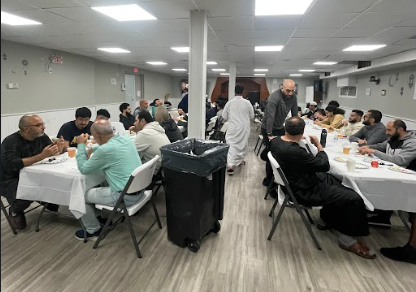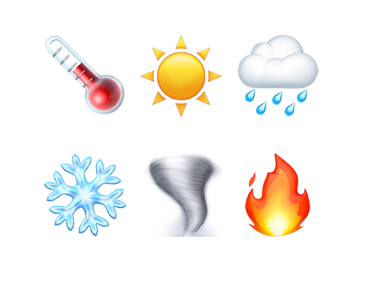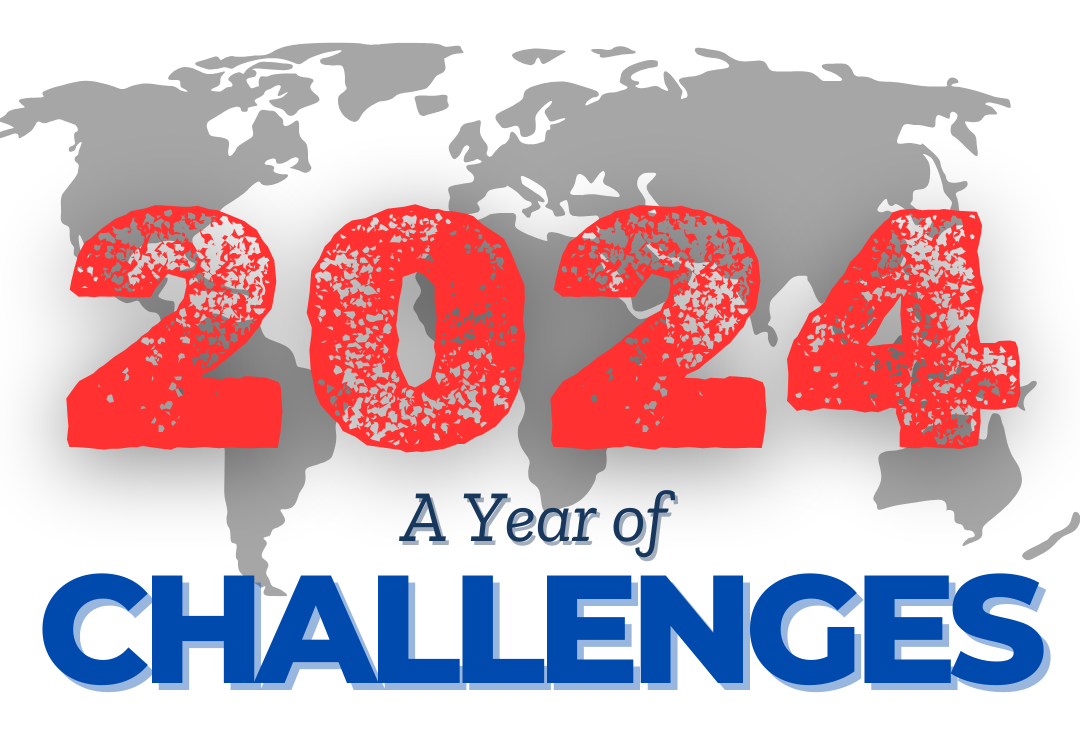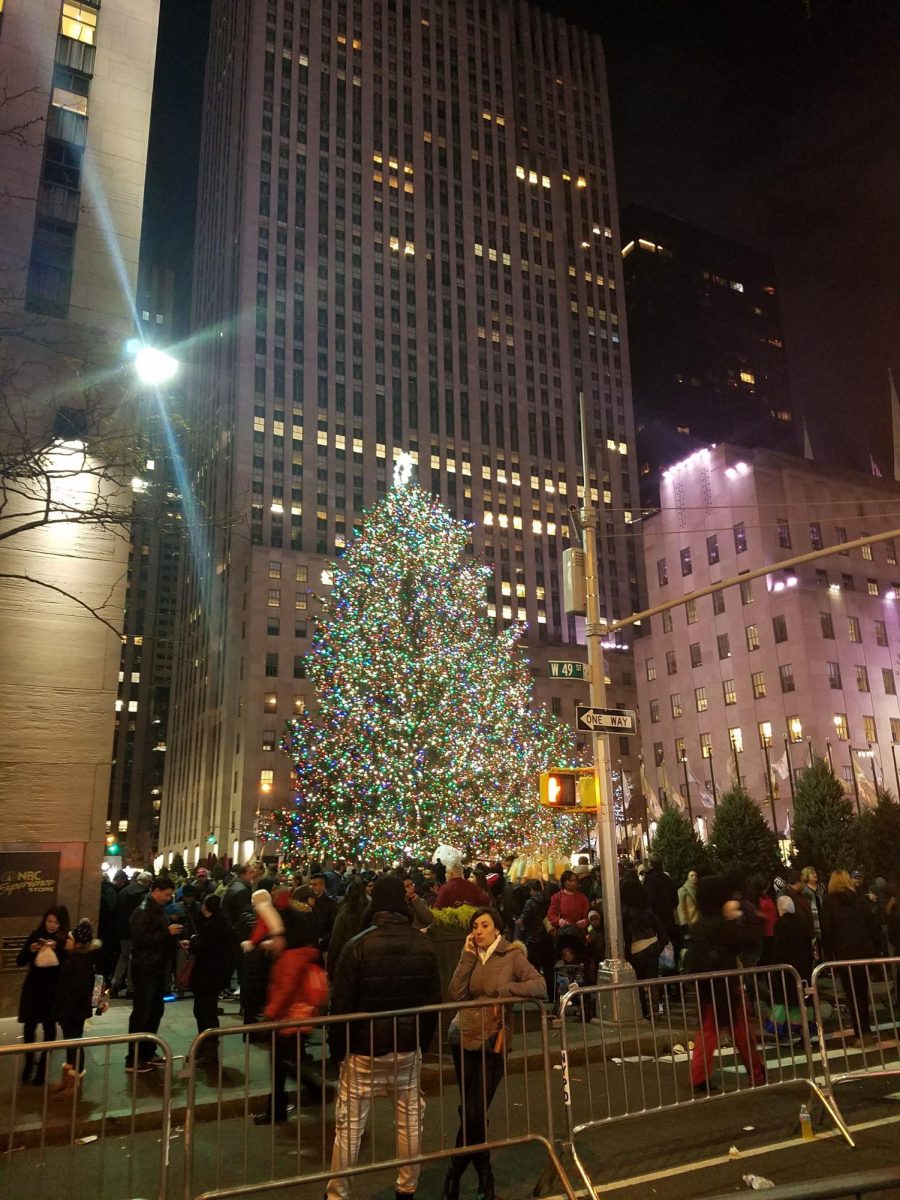Though it has been almost a month after Typhoon Haiyan hit the Philippines, nothing has been restored back to normal for the Filipino survivors. About 10,000 people were pronounced dead, and destruction of the island left citizens devastated and homeless.
The survivors of the Philippine cities that got ravaged by the storm are still depending entirely on shipped supplies delivered by military planes from a nearby city, Cebu. Because of this, the Filipino government has put away $18.7 billion pesos ($432.97 US dollars) aside to help its citizens. It has been reported that approximately 24 countries in the world—including Indonesia, the United States, Britain, Japan, Singapore, New Zealand, and Hungary have been doing whatever they can in order to help the Philippines try to get up back on its feet.
Mrs. Murphy, one of the vice principals here at Colonia High stated: “At this time, I do not know of anyone that is fundraising for people affected by the typhoon in the Philippines.” But if interested in sending aid over to the typhoon survivors, one can simply make suggestions to the school office or to Ms. Davison and/or Ms. Brennan of the Interact Club.
There are organizations out there that are still sending over much-needed necessities over to the island. Foundations such as the World Food Programme, the Red Cross, and Unicef are sending fortified biscuits, restoring emergency telecommunications, relief items, safe water, etc. overseas.
Sophomore Andrew Amisola said, “It’s unfortunate that many lives were taken from the storm. There are many families that are desperate for food and water and need to find their missing family members. And yes, I do worry about my family in the Philippines. But I know that they’ll pull through in the end.”
Hurricanes, cyclones, and typhoons are basically just the same thing—it all depends on where the storm is occurring in. In the Atlantic/Northeast Pacific Ocean area, the storm is referred to as a hurricane. In the Northwest Pacific Ocean (where the Philippines is located in), it is called as a typhoon. And in the South Pacific/Indian Ocean territory, the tropical storm is called a cyclone. Hurricanes/cyclones/typhoons are all formed when warm tropical weather, high humidity rates, and light winds stick around long enough to produce violent winds, high waves, and a jaw-dropping amount of rain.
“When the typhoon first hit,” said Freshman Jeremy Pampo, “I was worried for the people that lived there as well as my relatives. I think that there should be much more awareness for this catastrophe and people should definitely donate to the cause. I also feel that the US should continue to provide support for the Philippines.”










